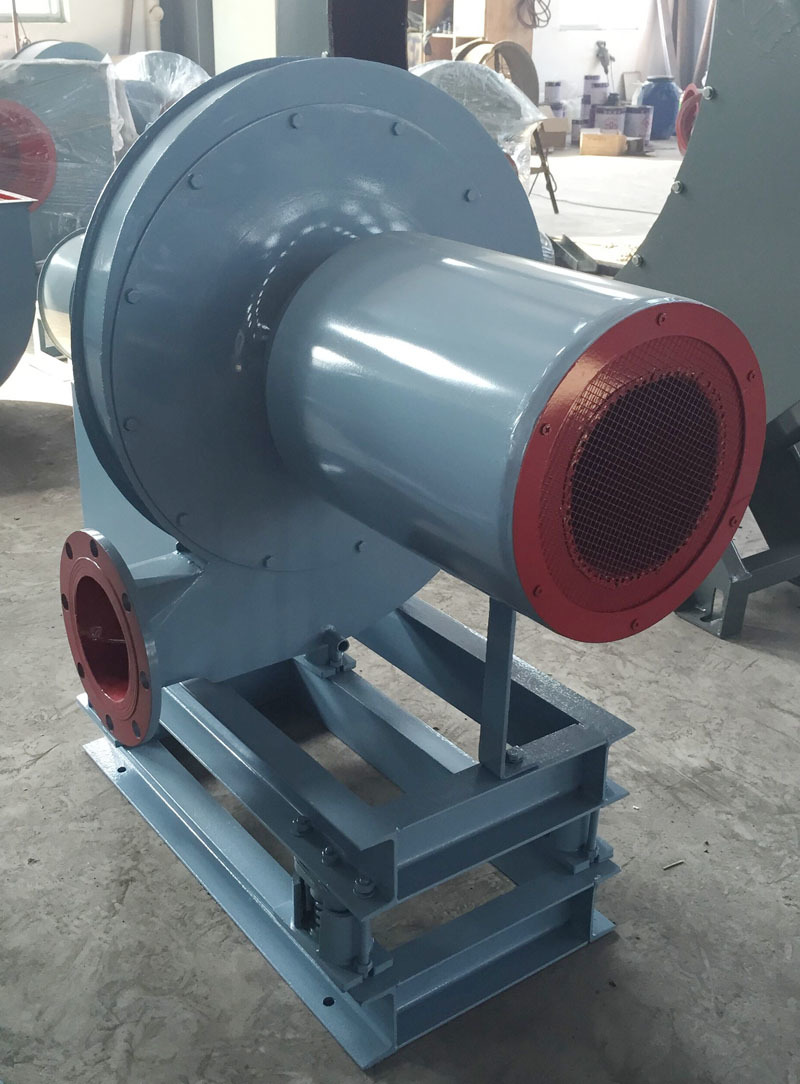An article discussing the main role and significance of incinerators.
Release time:
2022-04-25
The incinerator mainly utilizes the complete combustion of fuels such as coal, oil, and gas to incinerate and carbonize the objects to be treated at high temperatures, achieving the purpose of disinfection. It is a high-temperature thermal treatment technology, where a certain amount of excess air reacts with the organic waste to be treated in the incinerator, resulting in an oxidation combustion reaction. The harmful and toxic substances in the waste are destroyed through oxidation and pyrolysis at high temperatures.
IncineratorThe main purpose is to utilize the complete combustion of fuels such as coal, fuel oil, and gas to incinerate and carbonize the objects to be treated at high temperatures, achieving disinfection. It is a high-temperature thermal treatment technology, where a certain amount of excess air reacts with the organic waste to be treated in the incinerator, resulting in an oxidation combustion reaction. The harmful and toxic substances in the waste are destroyed through oxidation and pyrolysis at high temperatures. It is a treatment technology that can simultaneously achieve waste harmlessness, reduction, and resource recovery.

IncineratorThe main goal is to burn waste as completely as possible, making the post-combustion materials harmless and reducing their volume, while minimizing the generation of new pollutants and avoiding secondary pollution. It is particularly suitable for treating waste with a high organic content and high calorific value, effectively reducing waste incineration costs and achieving better economic benefits from the incineration method.
The incinerator is an environmental protection device used in the copper-clad laminate industry and other industries to treat organic waste gas generated during the production process or the use of their products. Incinerators are divided into 'direct' and 'regenerative' types. Currently, most manufacturers in China's copper-clad laminate and insulation industries adopt the 'direct combustion' method, which has relatively high energy consumption.
Waste gas incinerator. In today's context of energy shortages and rising oil prices, it is necessary and possible to transform 'direct combustion' waste gas to reduce oil consumption and production costs.IncineratorThe incinerator is a device for burning organic waste gas.
Currently, the production of copper-clad laminates and laminated boards uses a 'wet production process', where resin is formulated into a glue solution with organic solvents, and then the substrate is glued and dried using a gluing machine. A large amount of organic solvent evaporates, and the mixture with air is referred to as waste gas. When products are produced using formaldehyde as a raw material, the waste gas also contains a certain amount of formaldehyde. If discharged into the atmosphere, it can cause serious environmental pollution, severely affecting human health, and some even contain carcinogenic substances. Therefore, we should pay great attention to the treatment of organic waste gas.
If during the production process, these waste gases are collected, including solvents that evaporate during the use of paints, and sent to the waste gas incinerator for combustion, the organic solvents can be oxidized and decomposed into H2O and CO2 before being discharged, thus preventing environmental pollution. Therefore, the incinerator is an effective device to prevent the volatilization of organic solvents into the atmosphere during the production and use of the aforementioned products, causing environmental pollution.
The condition for the complete oxidation and decomposition of organic solvents is that the oxidation temperature must reach above 760°C. Therefore, to ensure that the exhaust gas discharged after burning the waste gas in the incinerator does not pollute the environment, the combustion temperature must reach 760°C. Typically, waste gas incinerators use diesel, heavy oil, or natural gas as fuel.
Related News






